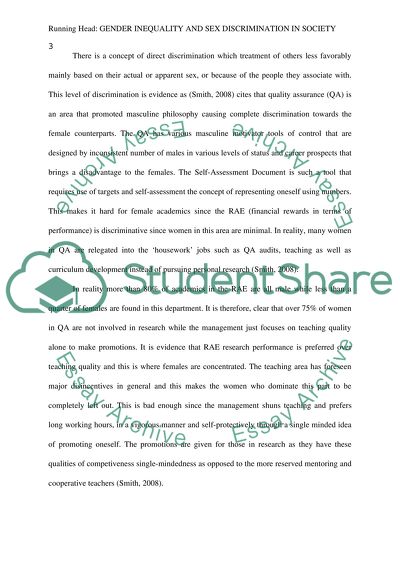Cite this document
(“GENDER INEQUALITY AND SEX DISCRIMINATION IN SOCIETY Essay”, n.d.)
Retrieved from https://studentshare.org/sociology/1494008-gender-inequality-and-sex-discrimination-in
Retrieved from https://studentshare.org/sociology/1494008-gender-inequality-and-sex-discrimination-in
(GENDER INEQUALITY AND SEX DISCRIMINATION IN SOCIETY Essay)
https://studentshare.org/sociology/1494008-gender-inequality-and-sex-discrimination-in.
https://studentshare.org/sociology/1494008-gender-inequality-and-sex-discrimination-in.
“GENDER INEQUALITY AND SEX DISCRIMINATION IN SOCIETY Essay”, n.d. https://studentshare.org/sociology/1494008-gender-inequality-and-sex-discrimination-in.


